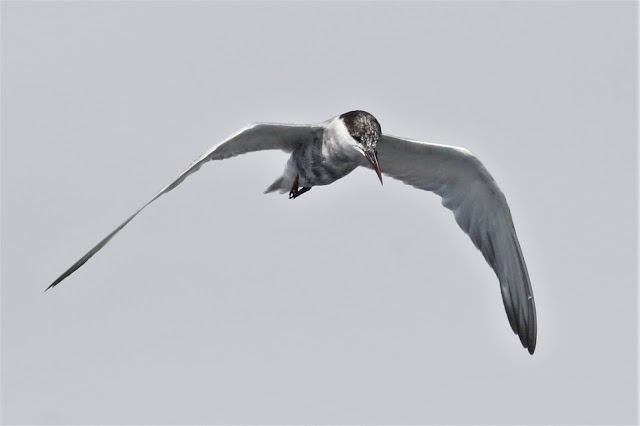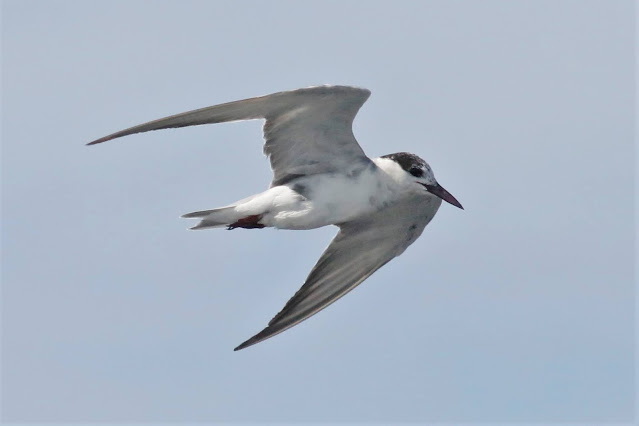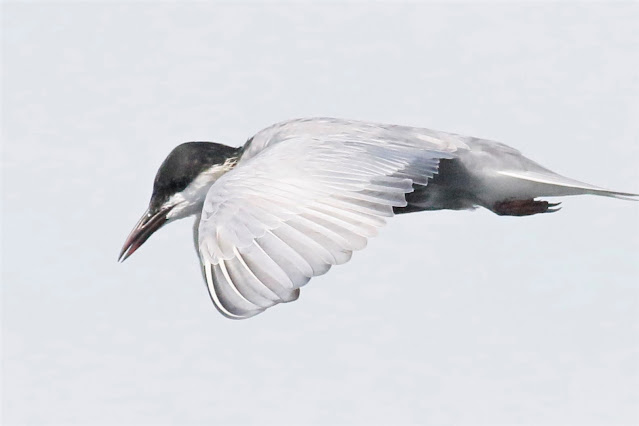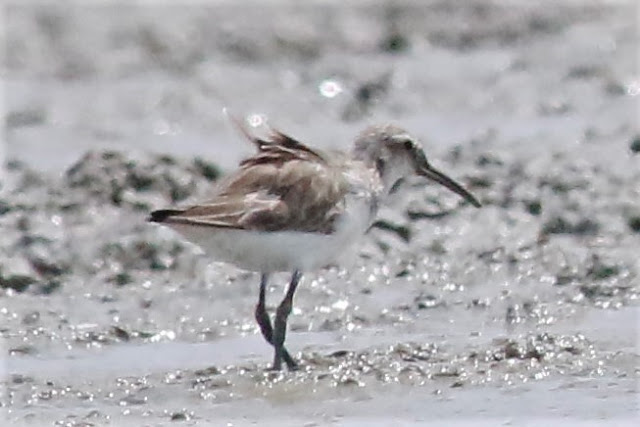Environmental issues have gain prominent coverage in the past few years. Climate change and use of plastics were the most highlighted ones. While climate change can be harder to contained, the use of plastics can perhaps be easier. Plastics can one day cost as much as your expresso. Raising the price of plastics however is not a very good solution. We still need plastics to contain our daily rubbish otherwise rubbishes will be thrown by the roadsides, drains, rivers etc which eventually flow down to the sea. We need to educate people on the consequences of their actions.
Recently we set out to sea not to survey on the number of plastics in the sea (although we seen a few) but more for the bird population which indirectly can be affected by the sea pollutants as well.
The sea was really calm in the morning as the tide was slowly receding.
There was nothing plenty to see as it was still very early.
As we came near an offshore island we only saw a Little Egret
Peek- a- boo !
As the morning became brighter, more birds appear - they were mainly terns
There were probably hundreds of them - mainly Whiskered Terns.
Most of them were either in their full or partial breeding plumage.
Hovering up in the air like a dron looking for a prey for breakfast.

Finally got a prawn. That prawn species will cost me about RM55.00 per kilo over here.
Any sea creatures which can be eaten will be taken up.

After a heavy meal they would rest on any structures which are erected in the sea.
Some will use floating debris as their platform like this Common Tern.
Common Terns are mainly pelagic as I've witnessed throughout the years.
Most of the time these terns will be airborne and continue searching for food to eat.
Waders seen were the usual Common Redshanks, Eurasian Curlews, Bar-tailed Godwits, Whimbrel, Red-necked Stints, some Terek Sandpipers and surprisingly just a few Lesser Sand Plovers.
A flock of Bar-tailed Godwits. A number of them were already in their breeding plumage.
A red-hot chilly pepper Bar-tailed Godwit
Common Redshank
Eurasian Curlew with two Whimbrels (front)
Whimbrels flying away to look for other muddy pastures.
Any surveys in this region will be incomplete without seeing a Red-necked Stint.
We saw just one Curlew Sandpiper (with a unique facial outlook).
Most of the waders were quite a distance away but resident birds are not shy for photographing opportunities.
Lesser Adjutant (Burung Botak)
Painted Storks and Black-winged Stilts have only been appearing here more often since the past two years.
A trio of Black-winged Stilts. I think we should call them "Burung Kaki Lidi" instead of "Kedidi"
Great Egret
Black-crowned Night heron
Finally one of the highlights of this trip is the sighting of two Indo-Pacific humpback dolphins.
One is an adult and one is probably her calf.
Sometimes they may look like sharks in the water.
A very high looking dorsal fin
At times they came quite close to our boat. Very happy to see them.
Until the next pelagic trip - adious for now !
One of the challengers of 21st century education is to build the capability and skillsets of students, to hopefully one day be workers who are willing to learn and take up challengers that come their way. The 4th IR is critical in the sense that we do not only need knowledge workers but knowledge workers with a growth mindset and empathy.





















































